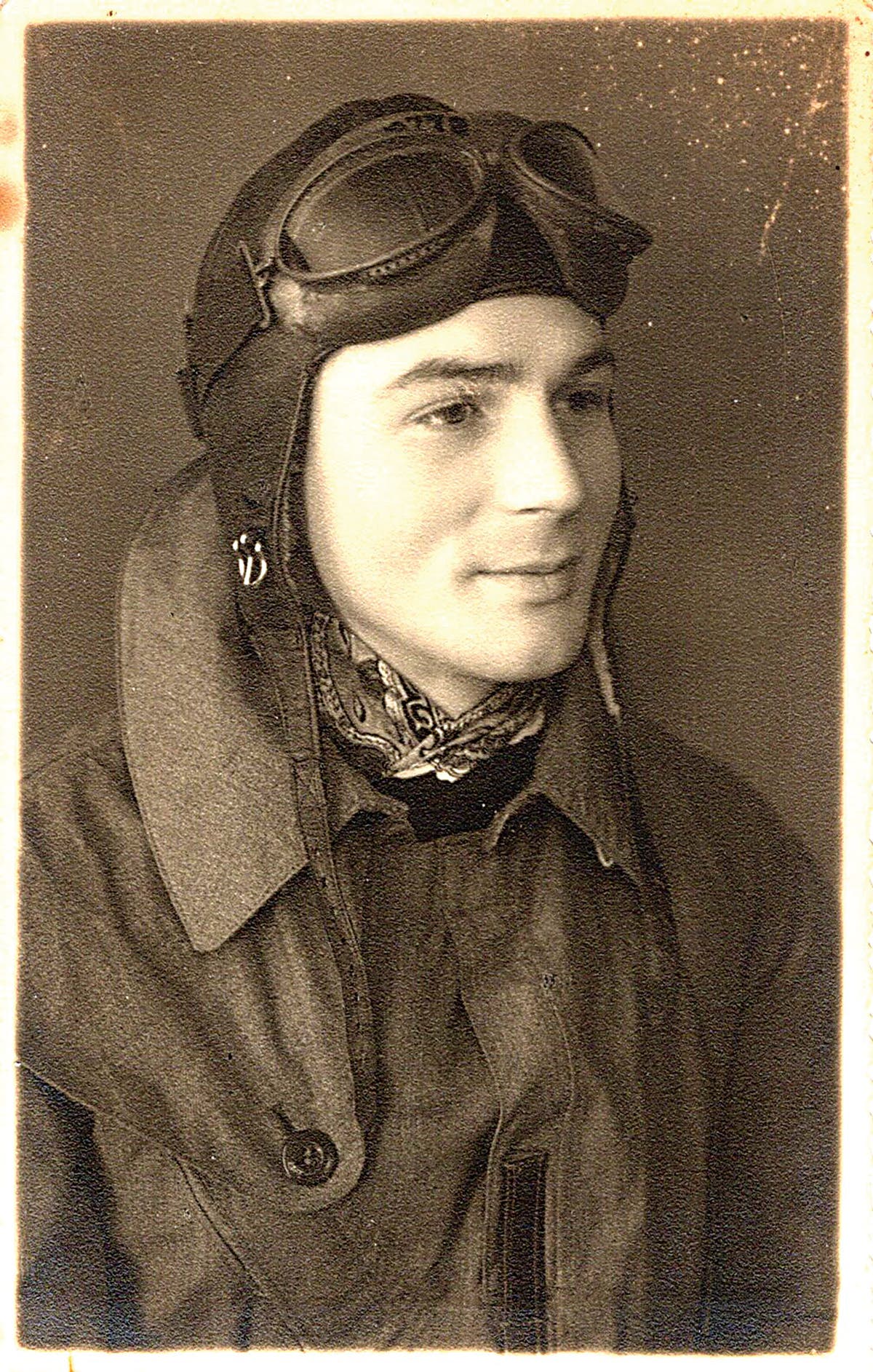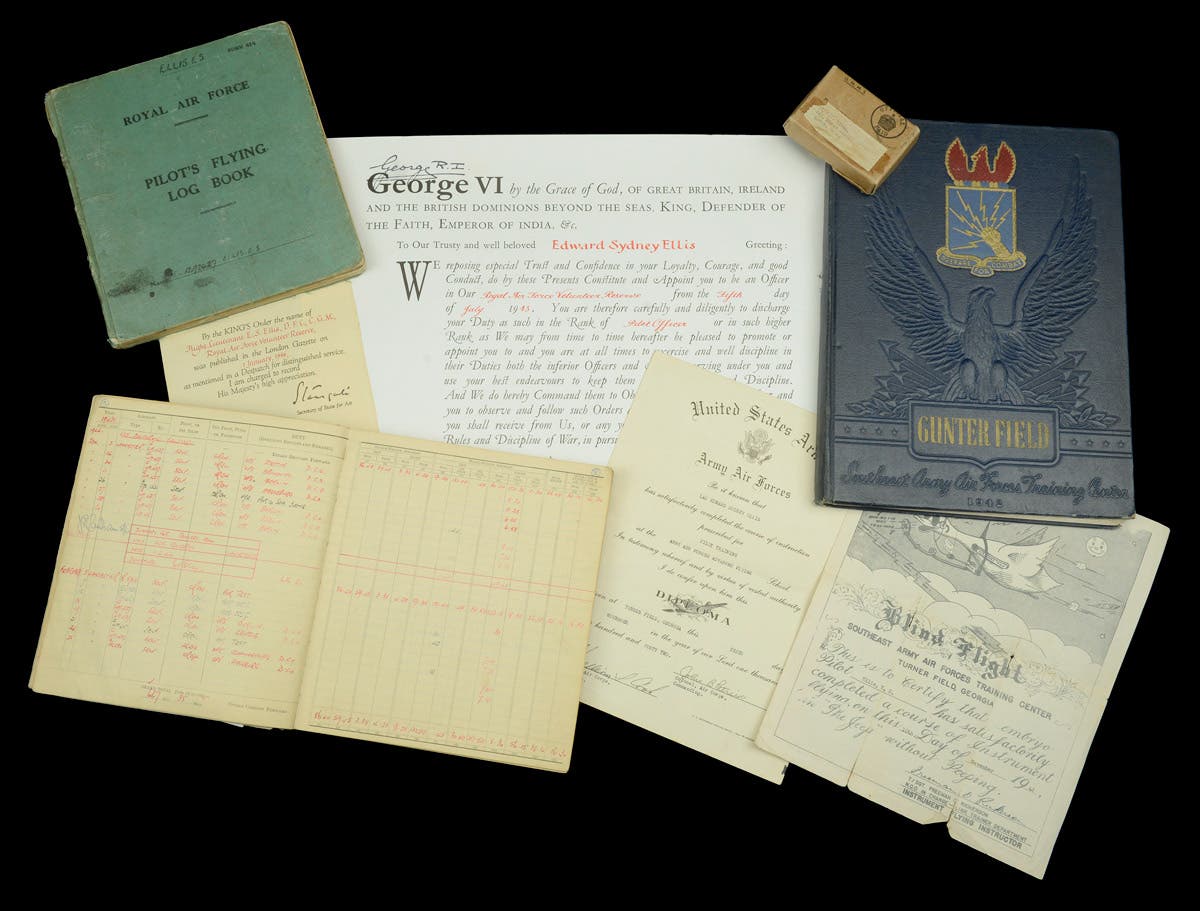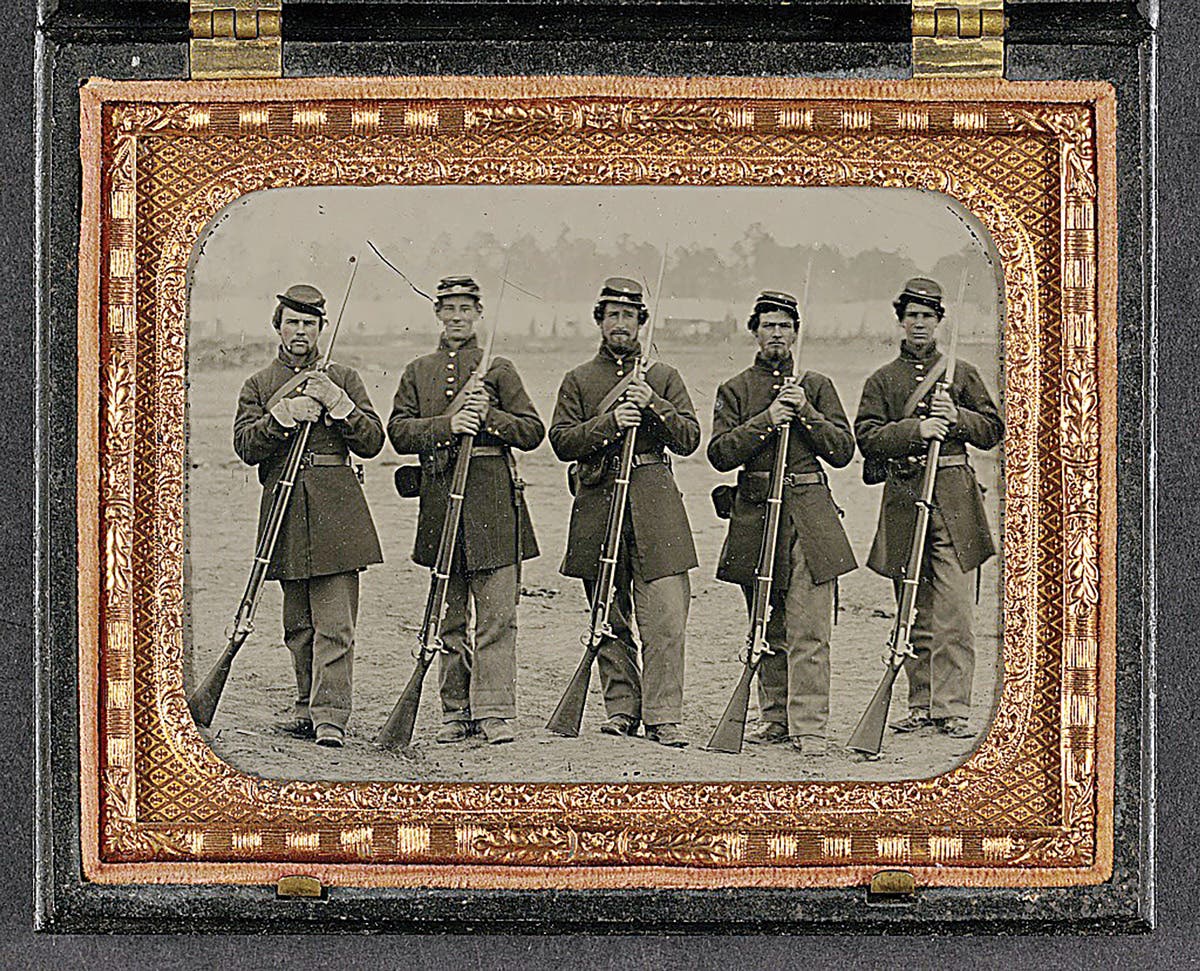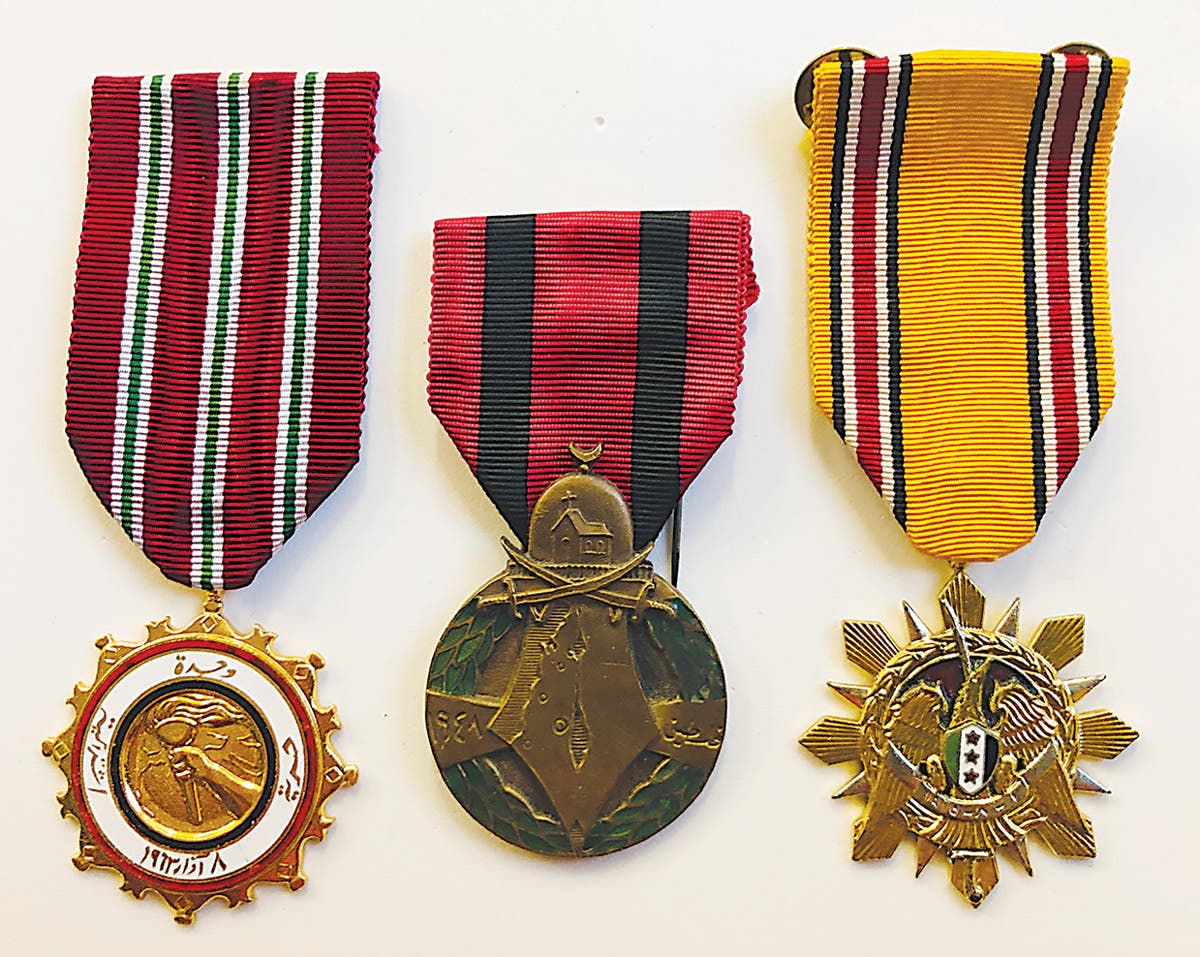The German American Bund: The Enemy Within
by Chris William Following World War One, many Germans left their increasingly unstable homeland and emigrated to the United States. They hoped to better their own lives and those of…
by Chris William
Following World War One, many Germans left their increasingly unstable homeland and emigrated to the United States. They hoped to better their own lives and those of their families. Among the thousands coming into the United States were veterans of the Great War. Some of these veterans hadtaken part in the politically motivated German veteran groups during the civil unrest of the Weimar Republic. When they came to America, these right wing, ex-soldiers formed local organizations that were influenced by the growing Nationalsozialistische Deutsche Arbeiterpartei (N.S.D.A.P. — the Nazi Party) back in Germany.
The Teutonia Club
One such group was the Teutonia Club, formed on October 12, 1924, in Chicago by Fritz Gissibl. This small assemblage of radically minded individuals preached fanatical anti-Semitism, anti-Communism, and pro-German policies at their political meetings. In addition, they handed out literature on street corners and physically fought other political groups (mostly Communists and German-Jewish veterans), if challenged. As their membership slowly assimilated into the American society, the group took on a culture of its own, one that was more westernized than their European counterparts.
During this time, many other German organizations, some political while others were merely social, formed across the US. In 1932, Gissibl disbanded the Teutonia Club (saying its goals had been met) and joined another fascist group called, “Gau USA.”
Gau USAand Die Freunde des Neuen Deutschland
Gau USA was a domestic offshoot of the German Nazi party and took orders from its superiors in the old Fatherland. Because of internal issues and a lack of adequate organization, Gau USA was ordered dissolved in 1933 when Hitler came to power.
In April 1933, the Gau USA Detroit leader, Heinz Spanknobel, traveled to Germany and was granted permission to reorganize a new group in the US. The following July, he formed Die Freunde des Neuen Deutschland (FDND — The Friends of the New Germany). Many of the old Teutonia Club and Gau USA leaders were brought in to help run the new organization under the strict guidance of Spanknobel. However, due to poor management skills, overbearing direction, and political wrangling, Spanknobel left the US and was later replaced by Teutonia founder, Fritz Gissibl.
The FDND adopted a code of anti-Semitism, strict nationalism, anti-Communism, and an isolationist view of America’s involvement with Europe. The average American’s sentiment concerning the FDND soon grew sour as politicians and the press became increasingly critical of the group due to its overly anti-Semitic and pro-Nazi leanings. In October 1935, the German government ordered that the FDND be eliminated because Hitler wanted better public relations with the US government and its people. Because many of the members were still German nationals who felt compelled to follow Hitler’s orders, Gissibl began shutting down the organization.
Die Amerikadeutscher Volksbund
In March 1936, the final resurgence of the then declining group began when Fritz Kuhn became the new leader. He reformed it under the name, Die Amerikadeutscher Volksbund (AV — The German-American Bund).
Kuhn was an excellent, independent organizer. Even though Hitler continued to keep his distance, Kuhn was able to grow theAV by increasing new membership through many programs tailored to meet the members’ needs.
The basic beliefs of the AV were similar to those of the FDND: Promoting “Aryan” cultural values, segregation, and hatred of the Jews, while maintaining nationalistic, isolationist, and anti-Communistic views. At the time, many anti-Semitic and anti-Communist groups existed in the US, but the AV was much more vocal and vehement than most of their counterparts. Though segregationists, the AV members did co-mingle with non-Germans at social events. If they felt that it would benefit the group, the AV formed political alliances with many self-segregated minority groups. In addition, the AV developed bonds with other American Fascist organizations such as the “Silver Shirts” and the “Friends of Progress.”
The AV emphasized helping ethnic Germans to enhance their business, education, and work skills. It established various programs, such as the Deutsche Konsum Verband (DKV — German American Business League) and the Deutsch Amerikansiche Berufsgemeinschaft (German American Vocational League) which helped members to obtain purchasing discounts, sell products, train for, and locate better jobs.This was especially helpful for those first generation immigrants and their children who had fallen on hard times at the end of the Great Depression.
In addition to the general membership of men, the AV also included the Jungendschaft (youth section) and the (women’s service group). With emphasis on youth development, 20 well-run summer camps across the US were devoted to boys and girls 8 to 18 years old where AV propaganda, sporting contests, hunting, camping, and other activities strengthened the bodies and indoctrination of the participants. AV youth leaders regularly offered racially acceptable, but non-member boys and girls such fun-filled diversions as free treats and trips to amusement parks in order to promote the AV cause and gain membership.
The AV’s top leadership began with Fritz Kuhn, then filtered down through three Gauleiters (department heads) who ran the East, Midwest, and Western districts of the US. As in the Nazi structure in Germany, these districts were then broken down into Gebiete (States), Kreise (counties), and Ortsgruppen (cities or towns).
The AV copied many of the symbols and effects of the German Nazi party, with adding an American variant style into their forms. While most members wore only civilian clothing with membership pins, those who did wear uniforms donned tan shirts with black ties, breeches or pants, and a black belt with cross strap. Later, the AV adopted a tailored jacket for formal occasions. It was tan with black sleeve bands, back collar halves, and epaulets. Membership pins were often attached to the tie, while any military awards earned while in the service of Germany could be worn on the left front breast pockets.
The Ordnungsdienst (OD — Order Service) was a carryover from the original groups of the 1920s that continued in the AV organization. The OD was the American equivalent of the German Schutzstaffel (SS). AV leadership used the OD for protection during mass meetings and to battle any adversary who confronted the membership or did not agree with the official dogma.
OD men wore the basic shirt and breeches with a black overseas cap and a distinctive OD armband with embroidered or sewn-on insignia. Youth uniforms followed those of the German Hitler youth: Boys with brown shirts, shorts, black neckerchief with leather slide, belt and cross strap, and a small Hitlerjungendmesser (Hitler Youth traveling knife). Girls wore a white blouse and dark blue skirt with neckerchief and leather slide.
Though the AV often used the standard Nazi red, white, and black swastika flag, other flags and standards differed from those of the German party. The AV developed its own flag of a white background with four black-outlined Maltese red cross arms centered by a gold and black towering swastika radiating from a dome-enclosed “AV.” Membership pins copied this same radiating swastika symbol to produce a dramatic effect. The AV, Nazi, and American flags flew side by side at many of the Bund meetings, rallies, and open air marches.
In 1936, Kuhn and his entourage went to Germany for the summer Olympic games. They even had a a brief audience and photo session with Adolf Hitler.
Hitler still did not want to be affiliated with the American group and made little of the meeting. Regardless, Kuhn left with the misguided understanding that the AV was now an authorized part of the German Nazi Party.
Upon his return to the U.S., Kuhn publicly proclaimed what he believed was his enhanced connection to Hitler’s regime. He increased his racial rhetoric as well as his anti-government, and anti-democratic views.
In February 1939, an AV mass rally in New York’s Madison Square Garden attracted 22,000 participants. This was the tipping point. A heightened U.S. awareness led to a continuing series of governmental lawsuits to break the AV for being un-American. New York’s Mayor La Guardia ordered an audit of the AV tax records, with District Attorney Dewey eventually prosecuting the case.
In December, 1939, Fritz Kuhn was indicted for embezzlement of AV funds and tax evasion. He was sentenced to 2-1/2 to 5 years in prison. During this time, membership began to diminish. Few new members joined, and old members dropped out as the group was racked with internal conflicts and legal issues, becoming even less popular with their old adversaries, the government, and other U.S. ethnic Germans who hated the Nazis.
Despite their legal woes, the 1st Amendment of the Constitution protected Bund members until December 8, 1941, when the United States declared war on the Axis powers. At that time, Americans could not legally swear allegiance to Germany. Many of the German-American Bund leaders were arrested for sedition.
The exact number of German American Bund members is not known (estimates range between 20,000 to 200,000). Records were destroyed due to persistent lawsuits. By the beginning of 1942, the AV had become only a memory of America’s past as the group quickly dissolved. Most German-American Bund members melted back into obscurity of the American landscape.
Chris William has been a long-time member of the collecting community, contributor to Military Trader, and author of the book, Third Reich Collectibles: Identification and Price Guide.
"I love to learn new facts about the world wars, and have had the good fortune to know many veterans and collectors over the years."
"Please keep their history alive to pass on to future generations".








